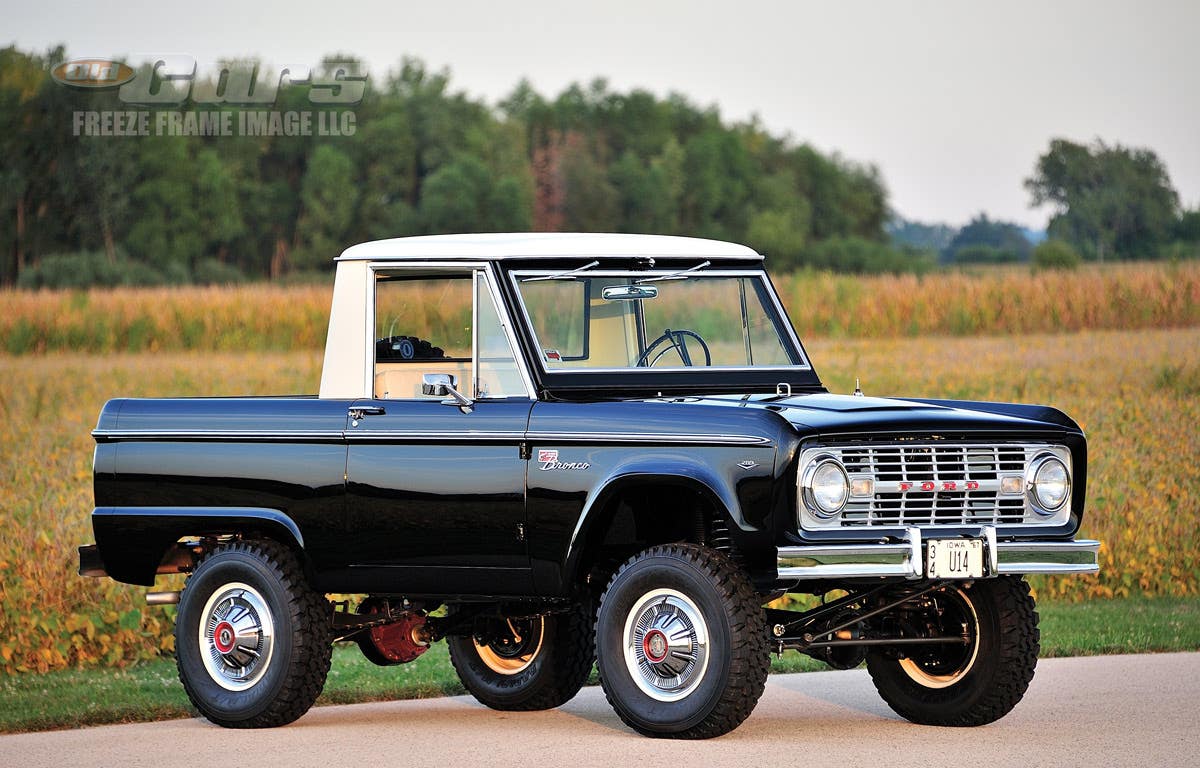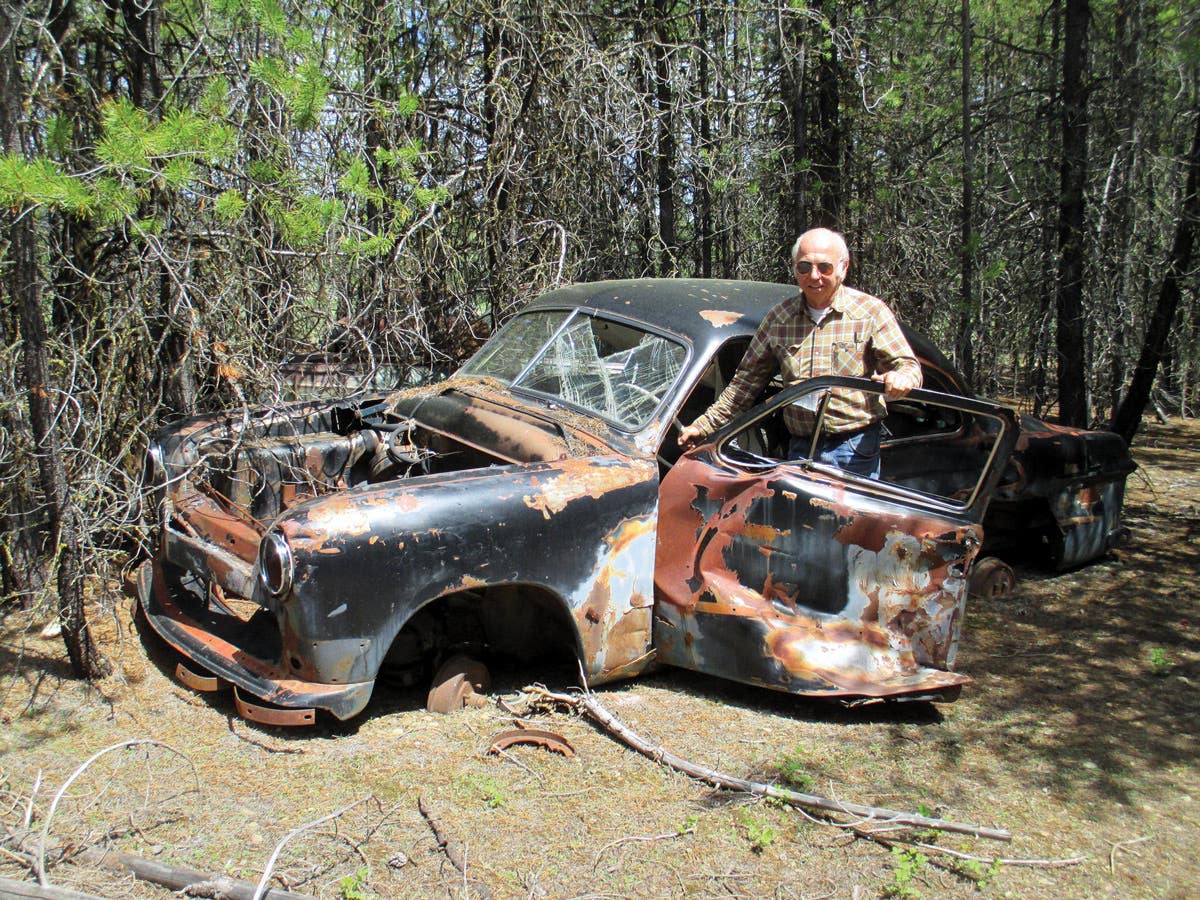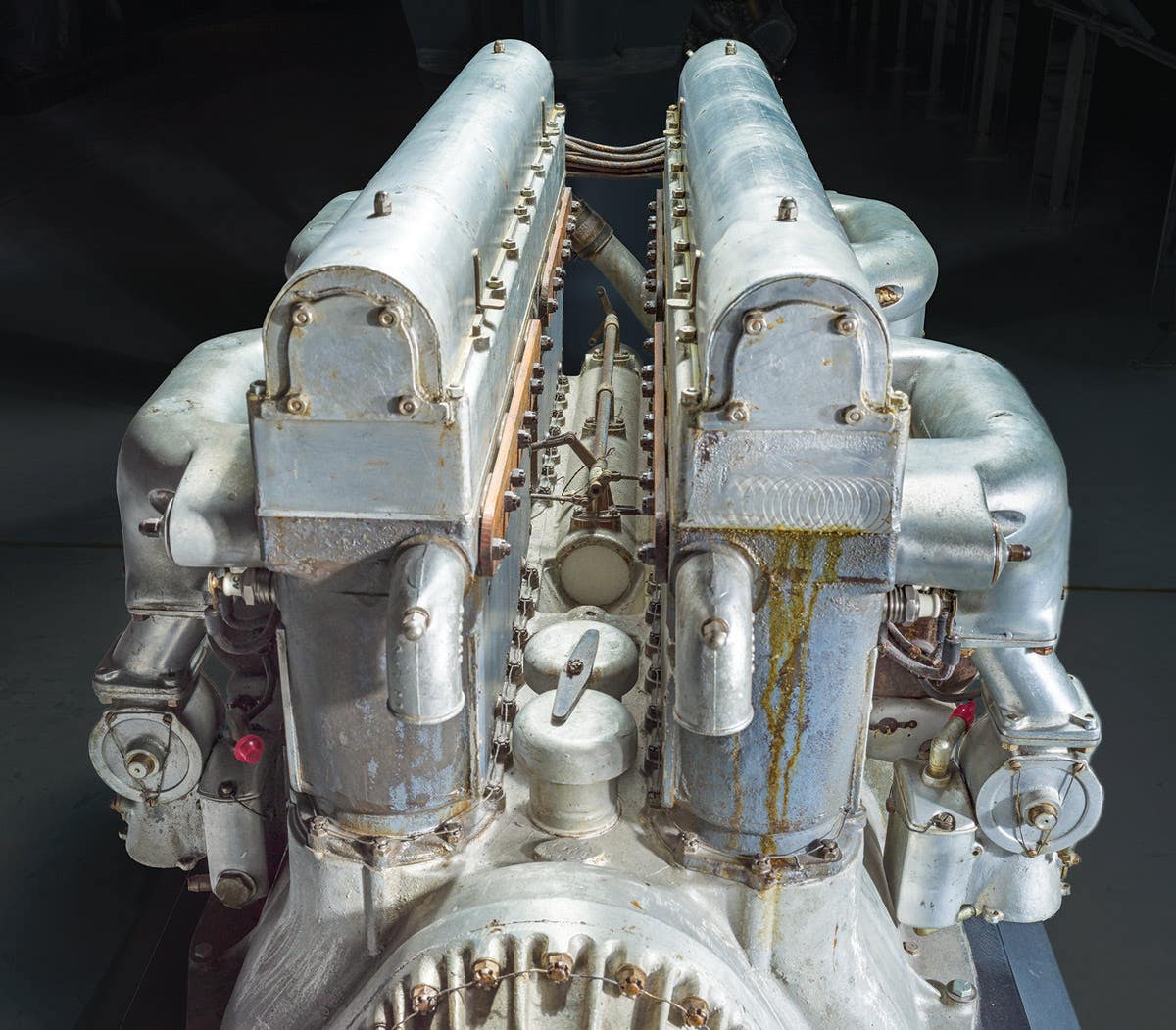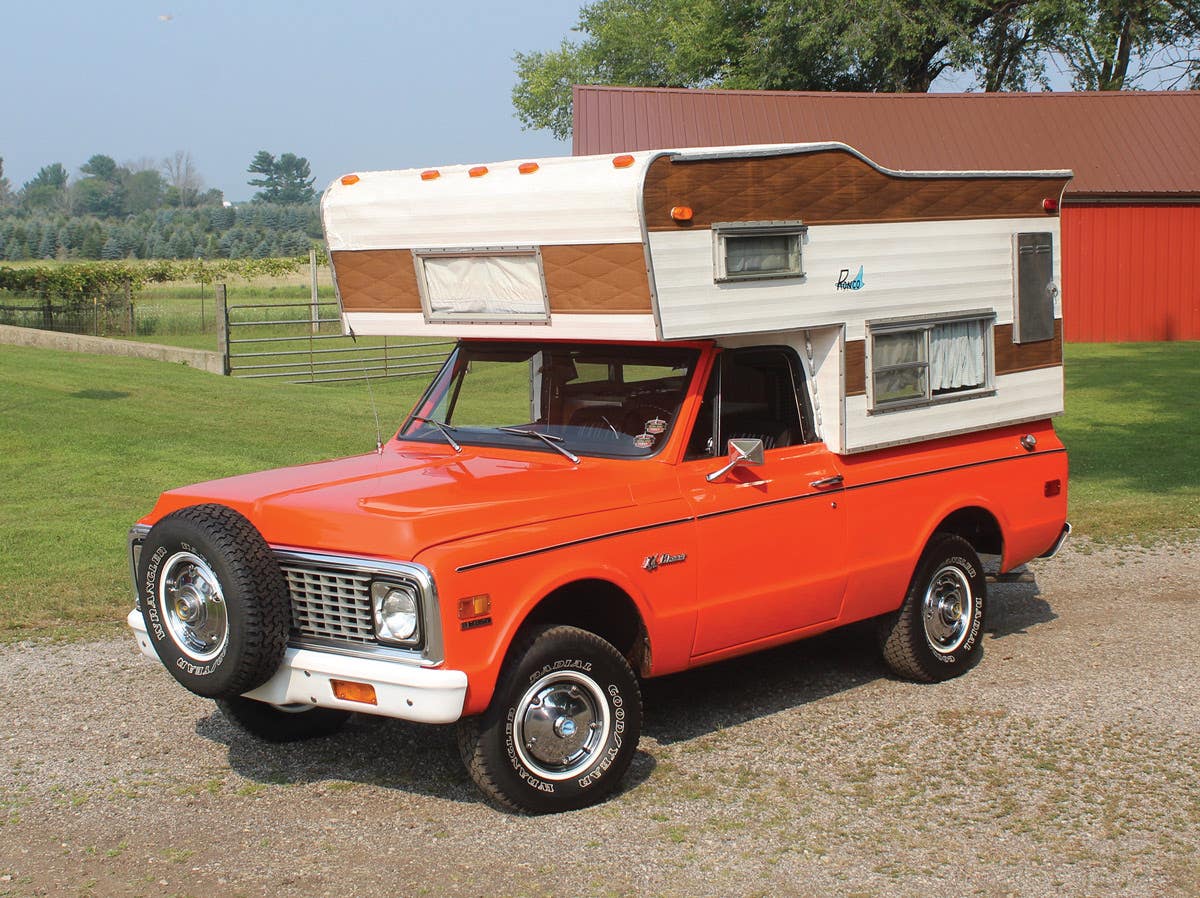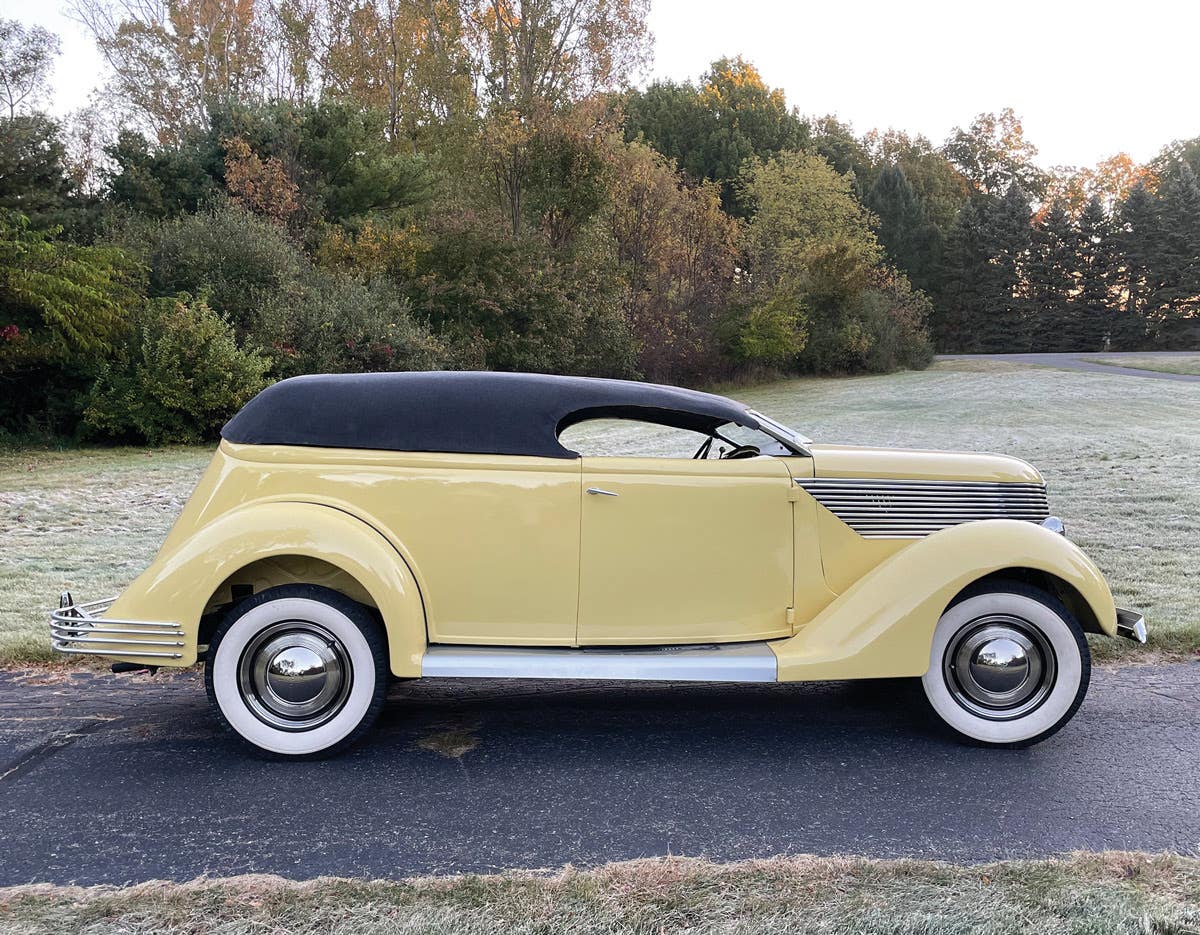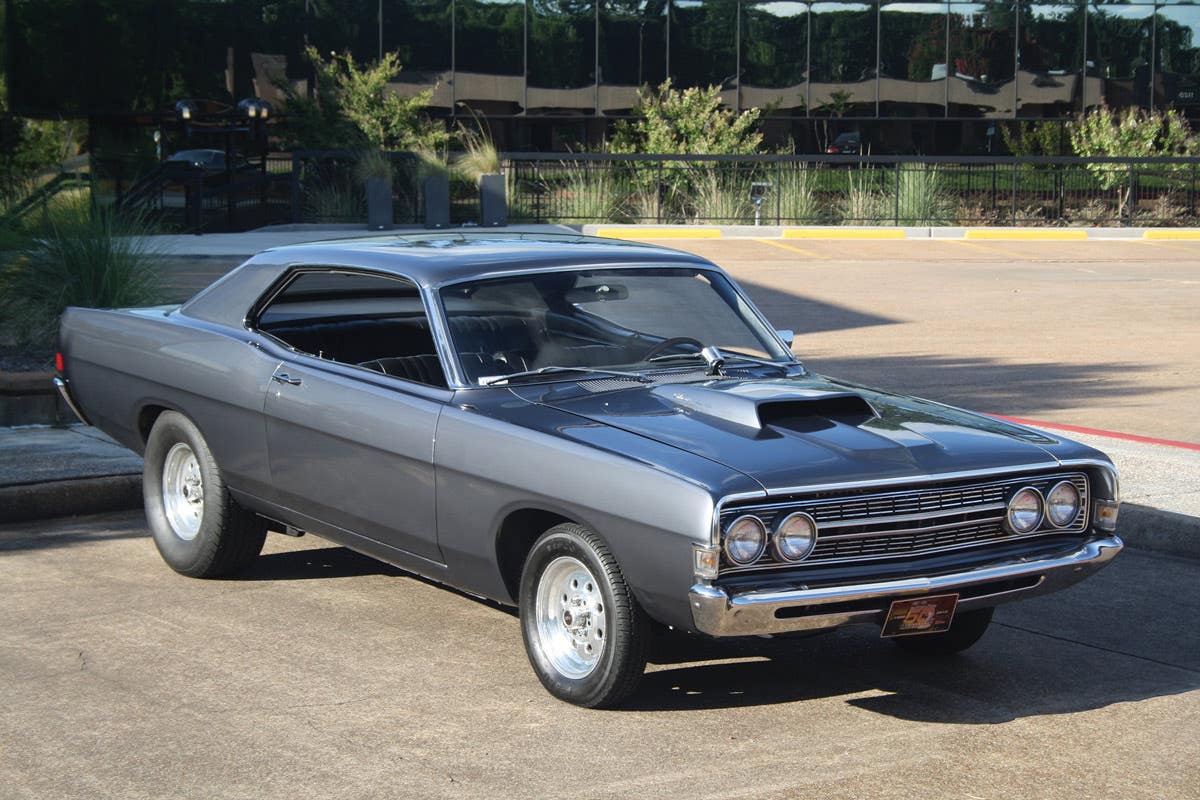Car of the Week: 1969 Camaro Z/28
The 1969 Camaro Z/28 was fast, especially for a small-block car. But its main attraction was that it was a racing car that was perfectly happy being street driven. The Z/28 combined excellent handling with a powerful and responsive small-block V-8 and was a blast to drive anywhere.
Car Life had a problem in 1969. The magazine wanted to do a test of all “Trans Am” versions of pony cars that carmakers were rushing to develop. The idea was that producing a certain number of copies would “legalize” the cars for the Sports Car Club of America’s Trans-American racing series. To qualify for that formula, pony cars had to have under-5.0-litre engines.
Chevy (302), Ford (302), AMC (290) and Pontiac (proposed 303) were working on their Z/28, Boss 302, Trans Am Javelin/AMX and Trans Am (without a hyphen) models. Chevy told Car Life it would supply a Z/28. Ford said it would supply a Boss 302 “when it was ready.” AMC turned them down. Pontiac hadn’t even started developing its 303 — and really never did, except for prototypes. So Car Life got only the Z/28.
The Camaro Z/28 was cool, but not quite stock. It had a special intake with two 600-cfm four-barrel Holleys replacing the factory’s single 850-cfm Holley. It also had rear wheel disc brakes. Sometimes you just can’t win, but the editors had lots of fun losing.
Almost every Camaro book and Web site uses the performance figures that Car Life got in that road test, which recorded a 7.4-second 0-to-60 time and a 15.12-second quarter-mile at 94.8 mph, as well as a top speed of 133 mph. Strangely enough, as was pointed out in the same road test, Car Life’s earlier test of a stock, single-carb ’68 Camaro Z/28 produced a quicker 14.85 second quarter mile at 101.4 mph. “An E.T. of 15.12 sec. isn’t slow,” said the magazine. “But it’s not the direction the performance fan planned on going when he bought those two carburetors.”
Whichever numbers you use, the Camaro Z/28 was fast, especially for a small-block car. But its main attraction was that it was a racing car that was perfectly happy being street driven, as opposed to some higher-strung muscle machines that bog down and stall at every light. The Z/28 combined excellent handling with a powerful and responsive small-block V-8 and was a blast to drive anywhere. With its special deep-tone mufflers, it also made great noise.
"Boy, there are kids out there with money and when they hear how Mark Donahue cleans up in Trans Am racing with a Z/28, they've just got to have one for themselves," said then-GM president Pete Estes. "In '69, we pan to sell 27,000. Can you imagine, 27,000?" Estes' guess turned out to be a little high, but his opinion of the Z/28 was spot on. It was simply a great muscle car.
Inside, the ’69 Camaro had new high-back bucket seats that were very comfortable. That was not the case with the tiny back seat. A two-spoke steering wheel was fitted. A padded dash had its various elements arranged in squares and rectangles, though the main gauges were circular dials set into squares. The gearshift for the four-speed protruded from a square in a mini console that also housed engine-monitoring gauges in trapezoid-shaped protrusions.
Not all 1969 Z/28s are exactly the same. On October 18, 1968, bright engine accents and Z/28 emblems for the grille, front fenders and rear panel were added. Rally wheels were no longer specified, but wheel trim rings were. The price at this time was $458. On January 2, 1969, a tach or special instrumentation was made mandatory and the price rose to $474. On April 1 the specs were changed to read “dual exhausts” and wheel center caps were specified, along with a front valance panel and rear spoiler. The price increased to $507. The ’69 had an extended model year and on September 18, 1969, the package was revised again, with the price going to $522. Bright exhaust tips were added. The final changes came November 3, 1969, and were minor. For the model year, 20,302 Camaro Z/28s were made.
PRODUCTION
Note: Price is computed with least-expensive mandatory options early in model year.
COLLECTIBILITY
While the 1969 Chevy Camaro remains a consistent attraction to bidders when crossing the auction block, there is a definite pecking order for those bidders to keep raising their hand as the price escalates. Certainly, the Z/28-badged Camaros that are documented and in fine to excellent condition will rate mid-five figures as a rule. To break through to the next or premium levels of value, that same fine-to-excellent Z/28 will need to be equipped with the performance options that make it snort, such as the JL8 Cross Ram Induction package. These documented muscle cars with the rare performance options command six figures, although that market has cooled about 10-15 percent as of late.
COLLECTOR VALUES
1969 Camaro Z/28
No. 1 condition: $69,000
No. 2: $48,300
No. 3: $31,050
No. 4: $13,800



